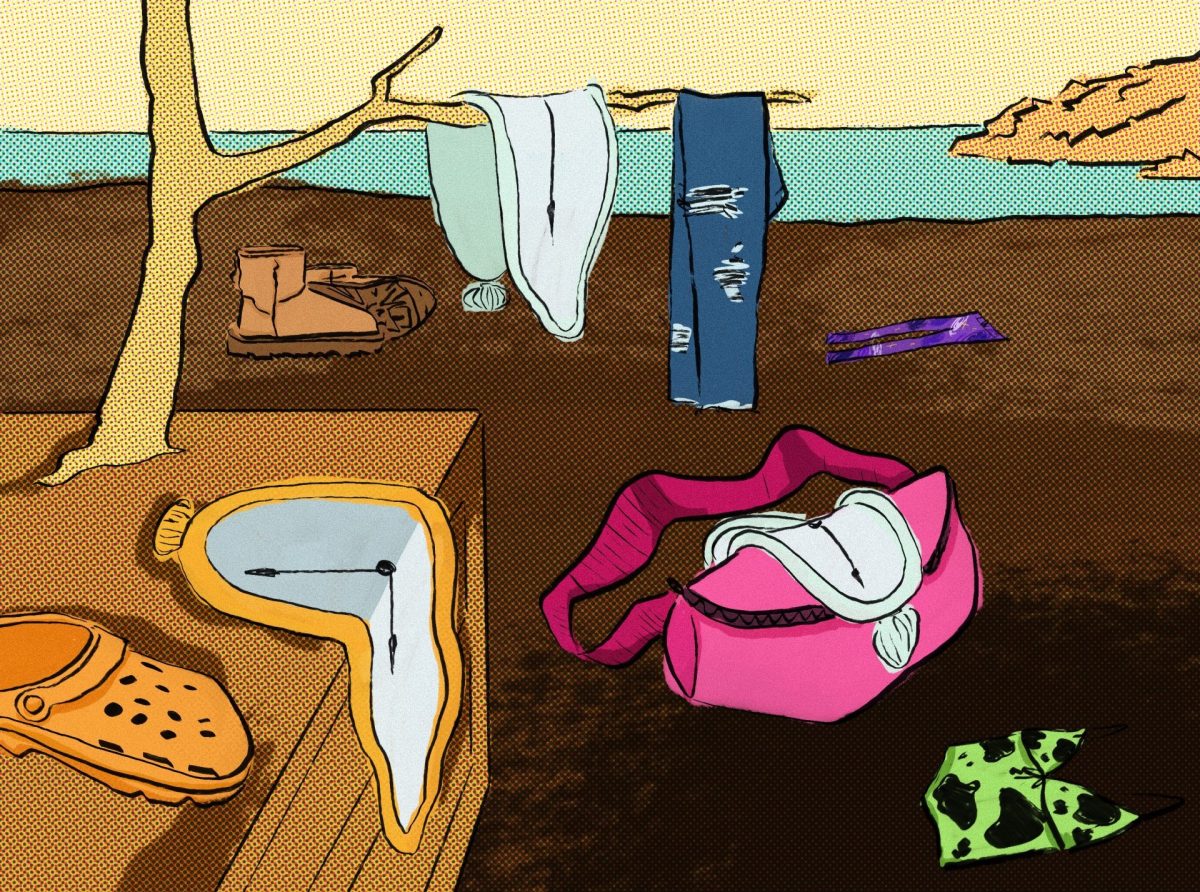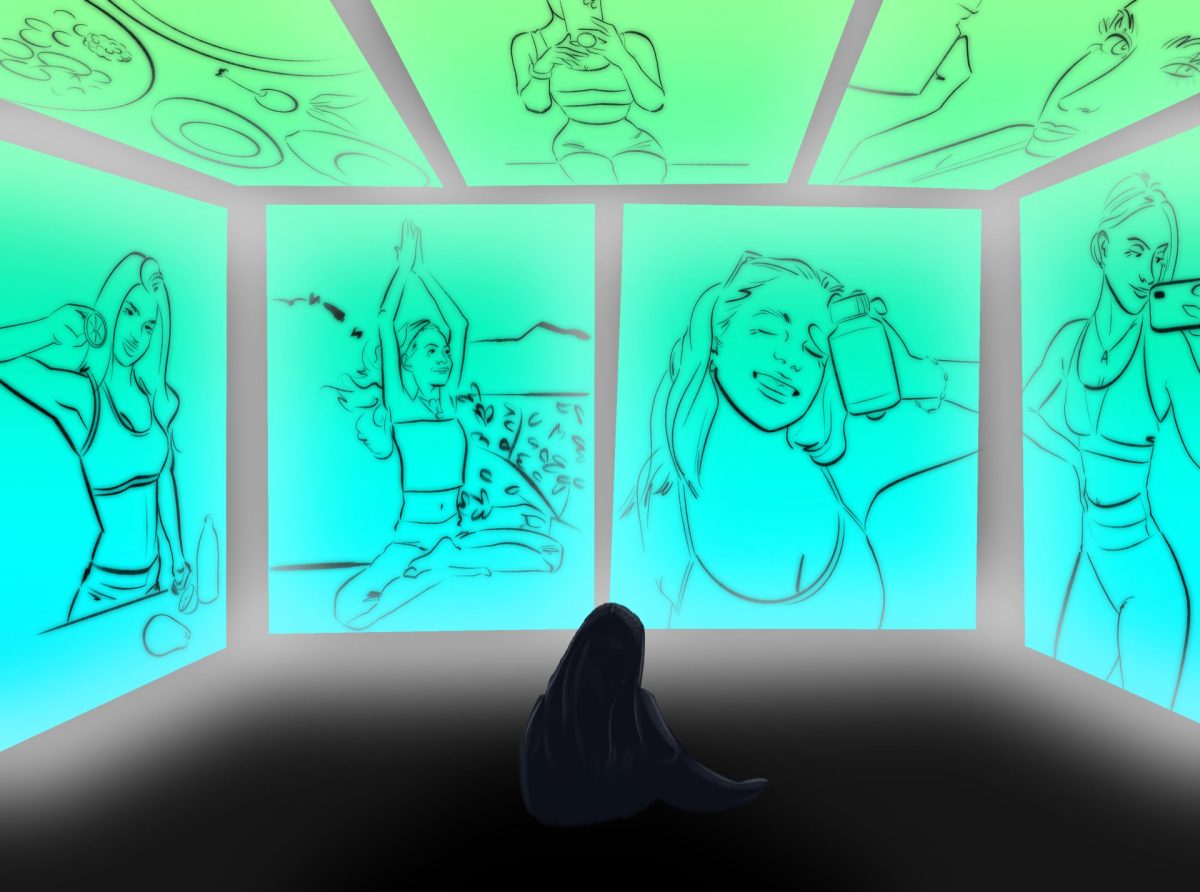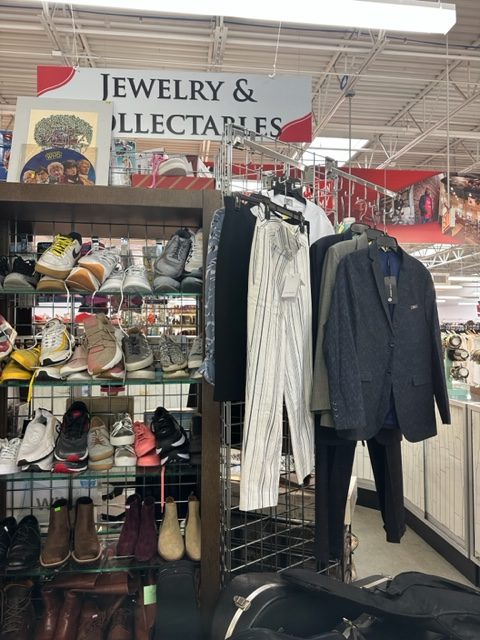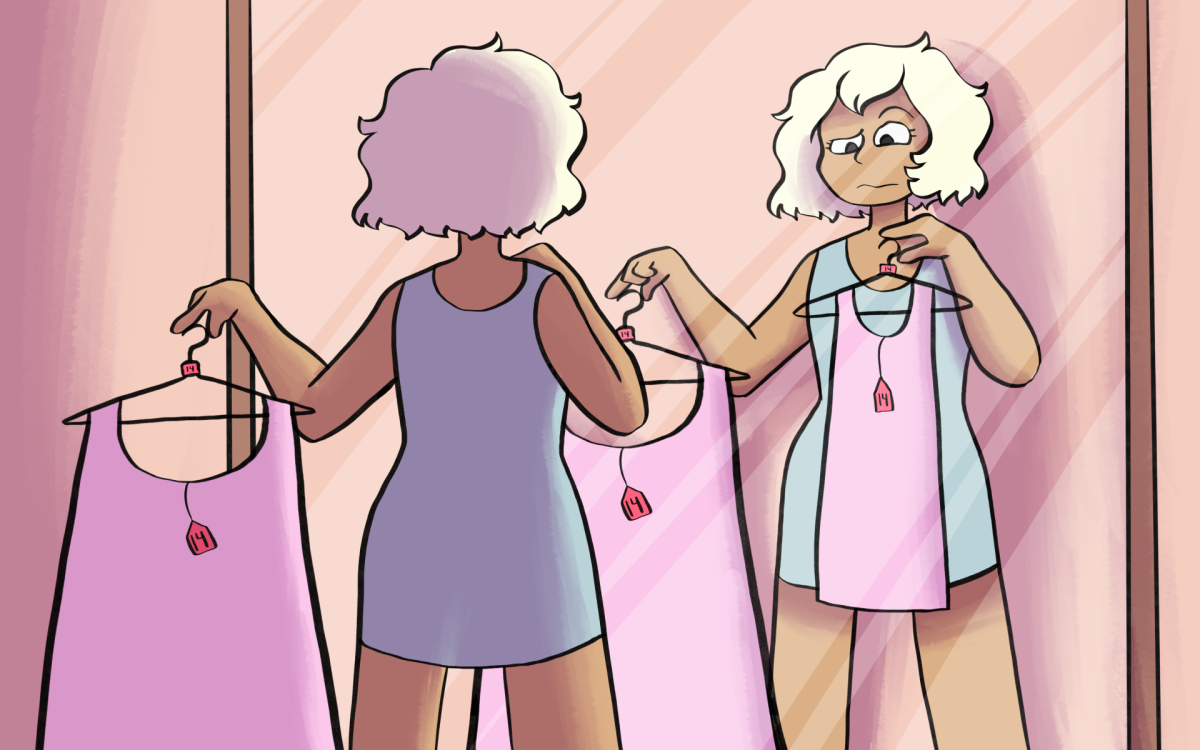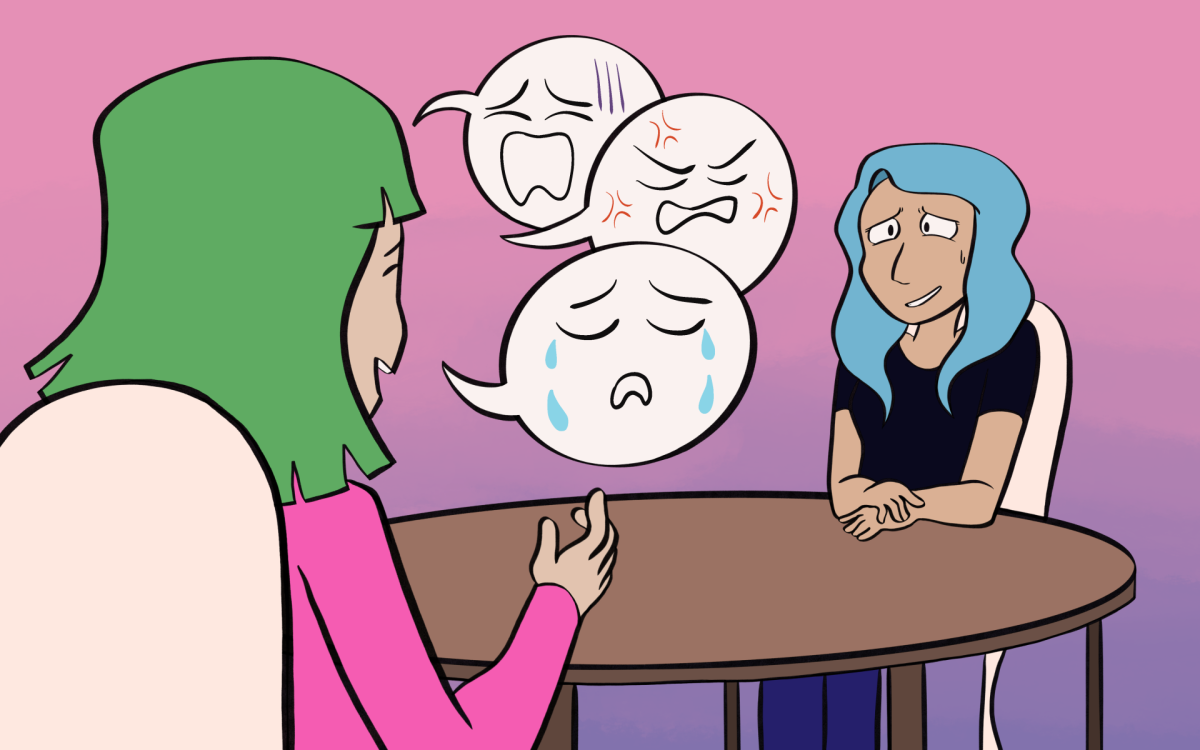A few years ago, I purchased three pairs of pants online. I got them all from the same website, so I thought I could order all of them in the same size. I was wrong. I waited patiently for my purchase to be delivered. Once it arrived, I proceeded to try everything on. To my surprise, each pair of pants fit me differently. The first pair, I couldn’t even get past my knees. The second pair fit like a glove. The third pair was so big that even a belt couldn’t fix it. I was so confused about how three pairs of pants from the same website could all fit differently.
This was not the first time I experienced this problem. In fact, it’s something I’ve had to work around my entire life. To this day, I cannot tell you what size pants I wear. Or, really, the size of anything I wear. The number changes based on where I am shopping and what it is that I am shopping for. I might try a pair of jeans on in one store and be a size 10, and then go next door and try on another pair of jeans and be a size 16.
It seems like consistent sizing is not possible in any type of women’s clothing. Personally, I’ve started shopping in the men’s section to avoid this issue. But not everyone is comfortable wearing men’s clothes, and that’s completely fine.
Why are men’s clothing sizes consistent while women’s are not? Has the patriarchy reached all areas of our lives, down to the clothes we wear? Or is it just another way to make women insecure? It would be easier for the entire clothing industry if sizes were uniform.
Columbia student Colette Postaer works in costumes and fashion and believes these sizing inconsistencies are due to capitalism trying to uphold society’s unrealistic beauty standards for women.
“Women’s retail houses the most confusing and exclusive array of sizing that is built to uphold society’s dedication to dieting and currency over women’s bodies,” Postaer said.
Capitalism is feeding directly into women’s insecurities about their bodies.
Postaer also said that her biggest frustration with sizing lies in pants: no matter how often she’s measured herself, she still has trouble finding a pair that fits her.
“Shopping can feel like a luck of the draw, no matter how many times I measure myself,” Postaer said, a recent Columbia graduate.
I’m reminded of a time when I was a cheerleader in middle school, and they had us order one-size-fits-all leggings. I was one of the few girls who couldn’t fit into them. It was because I was an early bloomer and had hit puberty before the other girls on my team.
Some other girls also couldn’t fit into them because they weren’t the “standard size” for girls our age, which is really upsetting to say. Can you imagine the kind of damage that does to a young girl’s psyche? We’re told that these random pairs of leggings are supposed to fit us due to our age, and they don’t. I know it messed with me when they didn’t fit me. It made me hate my body. It made me feel like I wasn’t normal and that I needed to transform my body into a “normal” one. I know I am not the only one who has had an experience like this growing up, and it breaks my heart.
From buying pants online to trying to fit into one-size-fits-all clothing, I have had many experiences with sizing inconsistencies. While I know this is largely an issue caused by corporations, I wondered how people who make garments work around this issue. I got my answer from Maggie Hofmann, the head of costume technology at DePaul’s Theater School.
Before our conversation, I expected these sizing issues to be less of a problem in costume-making because the outfits are tailored. However, Hofmann informed me that it is “a huge issue” in costume making.
“Some of our work is custom-made, but many contemporary shows feature mostly store-bought pieces that are then altered to better fit the actor’s body, if needed,” Hofmann said. “When the costume designer is purchasing the pieces to be fit, they often need to purchase multiple sizes of the same piece in order to streamline the fitting process. Then the unused pieces are returned after the fitting.”
While there has been a lot of change in the past decade due to body-positive movements, there are still parts of our society that have unreal standards ingrained into them. The clothing industry is probably one of, if not the biggest, enforcers of these standards.
I personally have gotten to the point where the numbers on the tags mean nothing to me. I know the range of sizes that usually fit me — typically, between 12 and 16. The last time I went shopping, I freestyled it and grabbed a range of sizes and just tried them on without trying to force myself into one specific size.
This is more easily said than done.
